MIT Builds a Generative AI Model Based on Physical Priors, Requiring Only a Single Spectral Modality Input to Achieve cross-modal Spectral Generation With Experimental Correlations up to 99%.
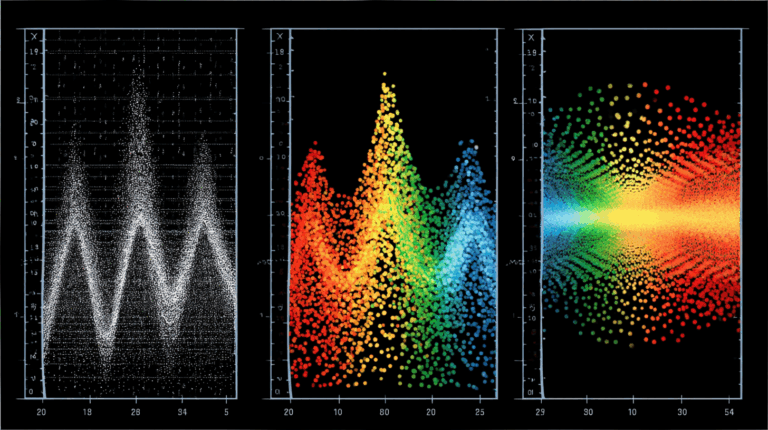
The addition of artificial intelligence has brought new advances to the field of materials science. Leveraging the power of AI, researchers can design new materials at an unprecedented rate. However, this speed has also become a problem.
AI is moving too fast, and experimental verification cannot keep up.Spectroscopic characterization, the final hurdle before new materials are commercialized, remains constrained by traditional methods. This requires specialized instruments, often costing upwards of $500,000 per instrument, and relies on specialized personnel for interpretation. Further complicating matters, many samples are scarce, fragile, or even toxic, making repeated experiments impossible. This hinders the commercialization of new materials.
Calling for AI help again? Unfortunately, current deep learning technology focuses on simple classification and regression, while the output of variational autoencoders (VAEs) cannot meet the high-fidelity data requirements for spectral representation generation.
To solve this dilemma,A research team from MIT proposed a physical prior generative artificial intelligence model, SpectroGen, which can achieve cross-modal spectrum generation with a correlation of 99% with experimental results with only a single spectral modality input.It introduces two key innovations: first, representing spectral data as mathematical distribution curves, and second, constructing a variational autoencoder generation algorithm based on physical priors. While addressing the low efficiency and high cost of traditional characterization, it also enables the "discovery and verification" of materials to "resonate at the same speed."
The related research was published in Matter under the title "SpectroGen: A physically informed generative artificial intelligence for accelerated cross-modality spectroscopic materials characterization."
Research highlights:
* Inspired by physics, combining models with autoencoders;
* Based on physical priors, we promote the generation of high-fidelity spectra;
* Artificial intelligence drives the simultaneous speed of discovery and verification in materials science.
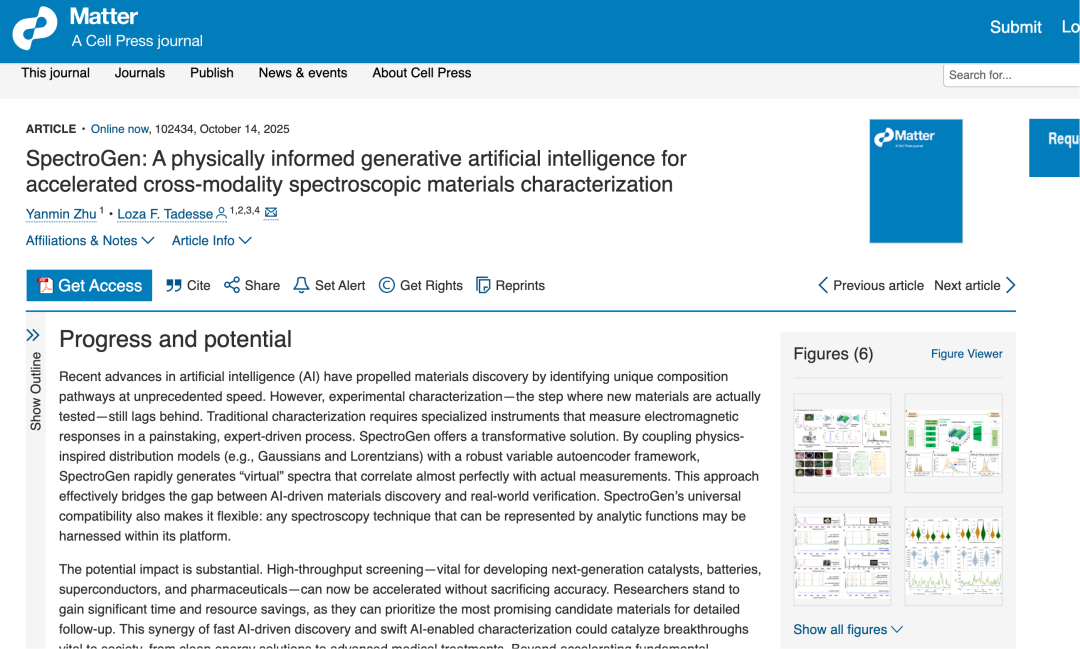
Paper address:
https://www.cell.com/matter/abstract/S2590-2385(25)00477-1
Follow the official account and reply "spectral characterization" to get the complete PDF
More AI frontier papers:
https://hyper.ai/papers
Transformation of spectral data into mathematical distribution curves
To ensure the model's accuracy matched experimental data, the research team trained and validated the model based on the RRUFF database (an internationally available database of standard mineral spectra), which contains 6,066 standard samples. The study selected 319 IR–Raman spectral pairs and 371 XRD–Raman spectral pairs from the database as experimental data.All data are represented as mathematical distribution curves. Based on the spectral characteristics, Gaussian, Lorentzian and Voigt distributions are used as physical priors, enabling the model to capture the peak position, broadening and signal characteristics in the real spectrum.
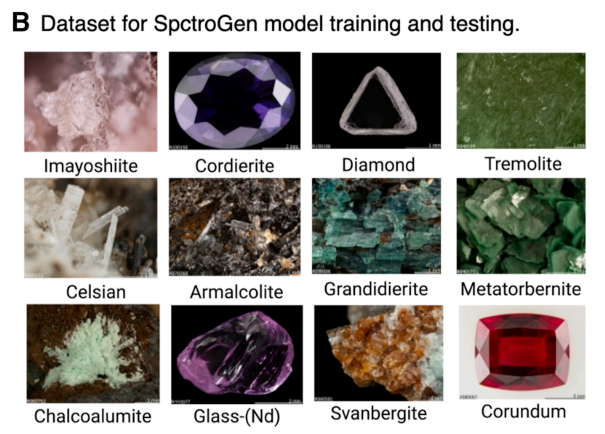
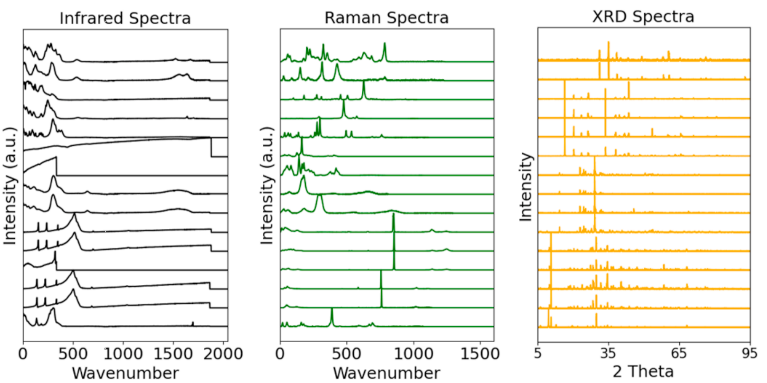
Architecture inspired by physics + variational autoencoders
The core idea of SpectroGen is to use physics as the guide and achieve high-fidelity mapping across spectral modalities through generative artificial intelligence. The overall architecture is based on the variational autoencoder (VAE) framework.The model takes spectral distribution as input and learns the correspondence between different spectral modalities in the latent space through a bidirectional mapping process of encoding and decoding, thereby realizing the conversion from infrared (IR) or X-ray diffraction (XRD) spectrum to Raman spectrum.
After deconstructing the experimental spectrum into a mathematical distribution curve, the model uses a probabilistic encoder to map the input spectrum to latent variables. Under physical prior constraints, the encoder learns its distribution characteristics. The decoder then reconstructs the target modal spectrum, achieving cross-domain generation. A KL divergence loss is introduced during training to minimize the distribution difference between the generated spectrum and the true spectrum, ensuring the accuracy of the generated results.
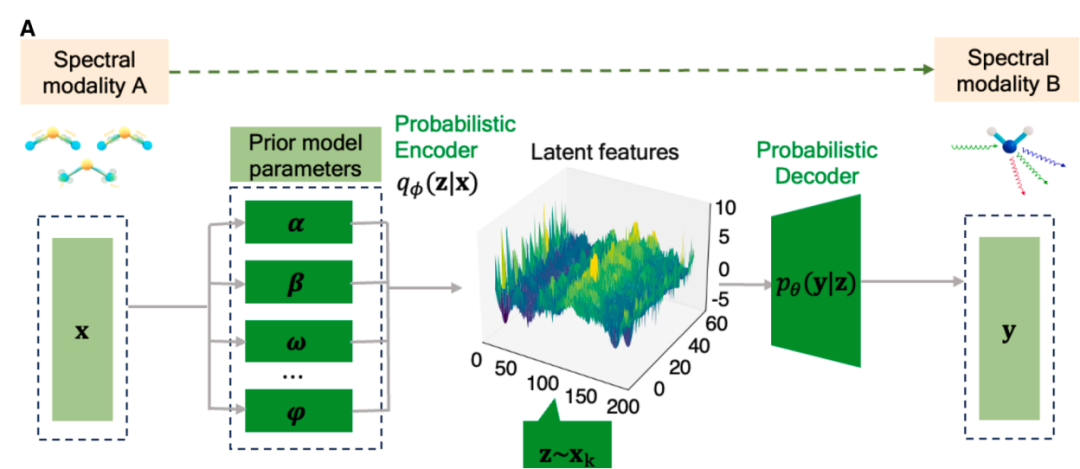
Accuracy comparable to experimental acquisition
The research team systematically validated the model's performance through multiple comparative experiments. Focusing on IR–Raman and XRD–Raman tasks, they first analyzed the generated results based on spectral characteristics and image similarity. Evaluation metrics included structural similarity (SSIM), root mean square error (RMSE), and correlation coefficient.
Experimental results show that SpectroGen achieves spectrum generation that is highly consistent with experimentally collected data in both types of tasks.In the IR-Raman conversion task, the generated spectra performed excellently in terms of peak shape, intensity, and noise control, with an average SSIM of 0.96±0.03, an RMSE of only 0.010±0.006, and a correlation coefficient with the experimental spectra of 0.99±0.01. In the XRD-Raman task, the model further demonstrated its ability to model complex peak shapes and overlapping signals, with an SSIM of 0.97±0.04 and a PSNR of 43±4 dB.This is achieved by using precise physical priors to represent the respective spectra of the relevant modes and adopting a variational autoencoder backbone architecture.
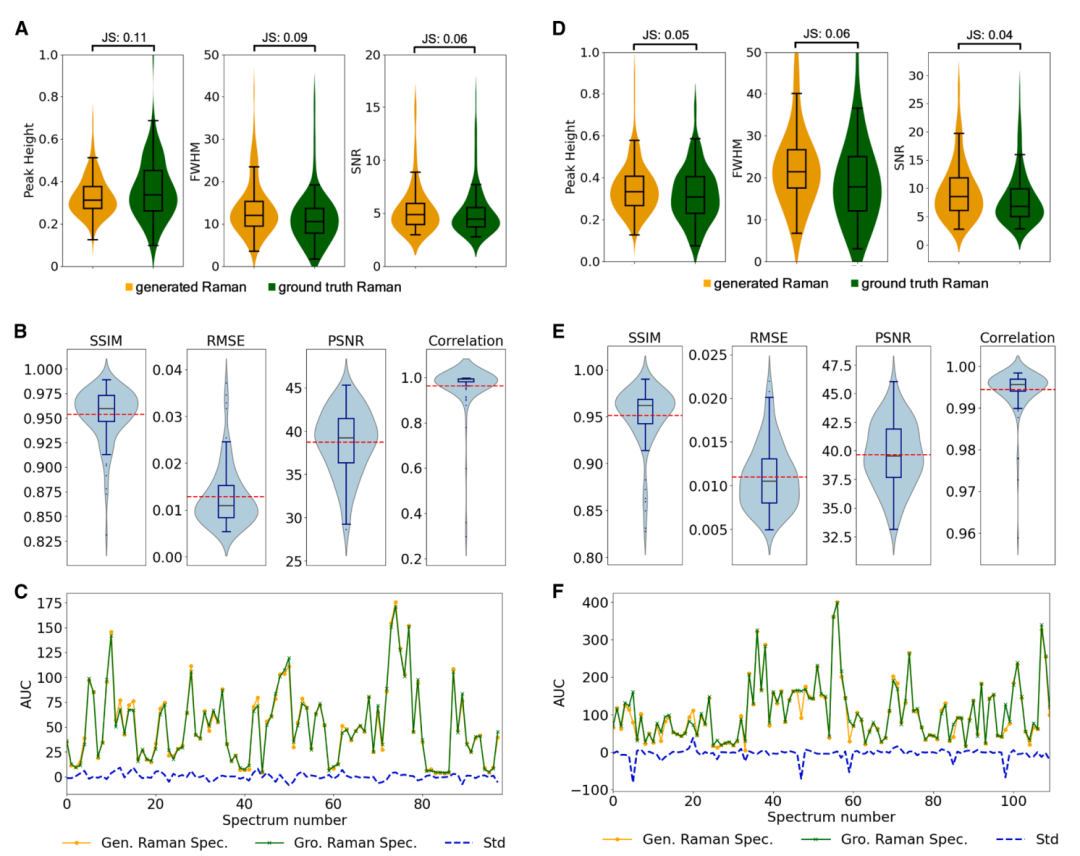
Secondly, to verify the information integrity of the generated spectra, the research team further compared the performance of using their generated spectra and using experimentally obtained spectra in the material type classification task.In ten rounds of repeated validation on 26 types of mineral materials, the spectra generated by SpectroGen achieved an average accuracy of 90.476% (test set accuracy: 50.100%), and the average classification accuracy of the experimentally collected spectra was 69.879% (test set accuracy: 61.644%).Regarding the low accuracy in the test set, the research team believes that this may be due to the small size of the data set. Overall, the model can still effectively transmit characteristic information reflecting molecular vibrations.
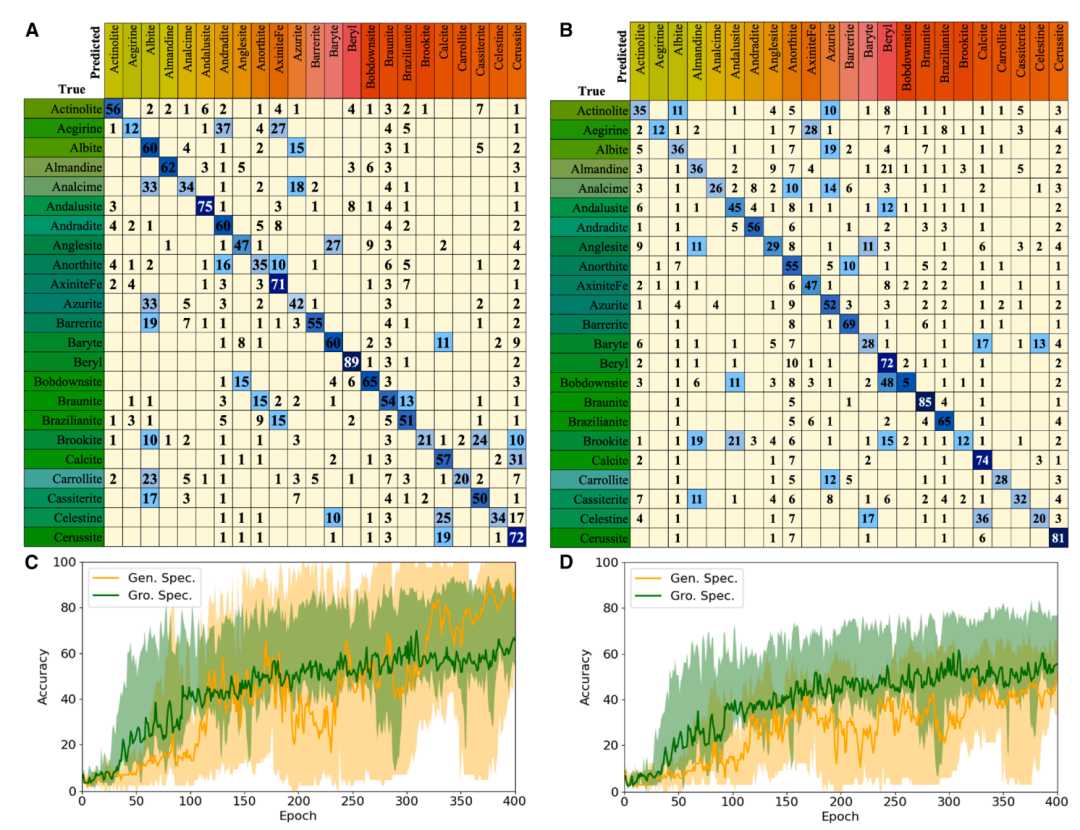
Finally, the research team explored the critical role of physical priors. When IR spectra are incorrectly modeled as Lorentzian distributions or XRD spectra are incorrectly represented as Gaussian distributions, the peak height, signal-to-noise ratio, and peak shape of the generated spectra are significantly degraded.This highlights the key role of physical prior models in network interpretability, which helps achieve accurate generation.
A new paradigm in materials science driven by artificial intelligence
The research introduced in this article, through the support of artificial intelligence, has brought a method for performing spectral analysis without the need for physical instruments.It is worth noting that artificial intelligence empowers the field of materials science far beyond the characterization stage, and extends to the prediction of material properties and application recommendations.
A research team from the Department of Chemical Engineering and Applied Chemistry at the University of Toronto, Canada, has proposed a new approach based on a multimodal machine learning model. This approach uses information available immediately after the synthesis of MOFs, such as their powder X-ray diffraction (PXRD) patterns and the chemicals used in their synthesis, to predict their potential properties and applications. The model also incorporates an application recommendation system that provides immediate application suggestions for MOFs after synthesis. The research, titled "Connecting metal-organic framework synthesis to applications using multimodal machine learning," was published in Nature Communications.
Paper address:
https://www.nature.com/articles/s41467-025-60796-0
The RingFormer framework, developed by a team from the Hong Kong Polytechnic University, uses a hierarchical graph Transformer architecture based on atomic-chemical rings, combined with local message passing and global attention mechanisms, to accurately predict the optoelectronic properties of molecules. On the test set of the Clean Energy Project Database (CEPDB) from Harvard University, its performance improved by 22.771 TP³T compared to traditional methods. The related work, titled "RingFormer: A Ring-Enhanced Graph Transformer for Organic Solar Cell Property Prediction," was selected for the AAAI 2025 conference, a top academic conference in the field of AI.
Paper address:
https://doi.org/10.48550/arXiv.2412.09030
In the past, we would say that materials science has entered a new paradigm driven by artificial intelligence. Now, the trajectory of this transformation is gradually becoming clearer and its development is shifting from a macro paradigm to a more segmented and diversified path of in-depth development, helping us explore more blank areas.